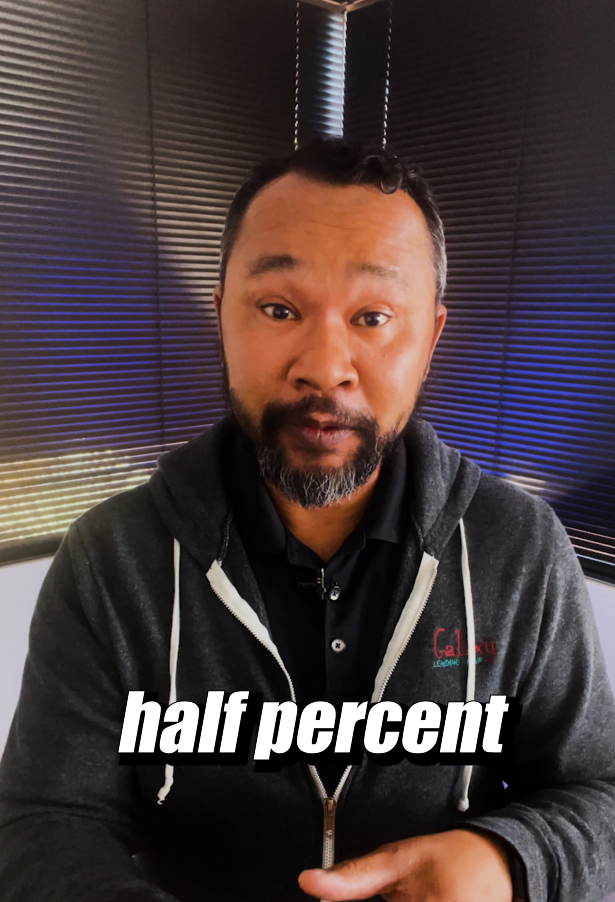How to Aggressively Tackle Student Loan Debt
If you’ve been to college, there is a good chance that you have a, or several, student loans to your name. While most don’t regret going to college, many wish their loans would be less of a burden. After all, the freedom of not having student loan debt opens up many doors.
Student loans might be something that most students live with, but that doesn’t mean that they have to live with them forever. In fact, paying loans off faster than the fixed time rate at which was agreed upon when they were taken out can save a person thousands of dollars in the long run. Here is a handy guide anyone can follow to aggressively tackle and eliminate those pesky student loans.
Check the Options
Not every person with a student loan finds themselves in the same situation. There are many options available to borrowers when they first agree to take out a loan. Some people agree to take out a ten year-fixed, and others a 30 year-fixed. However, no matter which they choose, years later, people might want to change their minds on how they handle their loans. After all, people find themselves in vastly different situations from when they first take out a loan to six years later when they are making an income.
One of the first things to do is to check for refinancing options. The opportunity to refinance your many loans into a single one and redo their interest rate is an opportunity that can’t be passed up. Often, borrowers take out loans and think that the initial agreement is the final one. This results in borrowers never exploring the options that could help them save a lot of money in the long run. Keep in mind that many companies who allow refinancing also look for a healthy financial base for the borrower. This includes credit score, debt to ratio, and payment history. The criteria for each company are different. If you can check off all of the boxes, you may have just qualified for taking the first step to lessen the burden of your loans.
Pay Off More Than They Can Chew
Student loan debt payment plans are a great way to make sure that you pay off your loans in the long run, but they aren’t always the best way to save money. For example, let’s use the national undergraduate debt average of $30,000 for our analysis. Someone who agrees to pay $30,000 with a 5% interest rate ends up paying $36,461 over an eight-year fixed period. A person with the same amount of initial debt who pays it off in four years ends up paying $33,162. Not only does this person save $3,000+, but they also save themselves from having to pay $691 every month. That’s $691 every month for 3 years!
The idea of ridding yourself of three years of payments with an added 3,000+ dollars goes a long way. Those are payments that could go toward investments, retirement, college funds, or maybe all three and a little more. Of course, this plan isn’t easy and requires basically a zero-sum budget to get it done. This means that every penny from every paycheck gets a purpose, and we don’t mean using money to spoil yourself. A zero-sum budget to pay off a debt basically means using your entire monthly income to cover all of your monthly necessities, saving maybe 80$ a month for entertainment, and then putting the rest toward student loans. This will take a lot of sacrifices and living low for quite a while. However, the long run is financial freedom and a couple thousand saved.
Get Help, You’re Not Alone
There is no one perfect way to tackle debts aggressively. Many experts go back and forth on how to do it. Some say to put money aside for retirement during this period. Others say to cover basic necessities, have an emergency fund, and then pile the rest into student loans. Find out what works best for you and plan! If you have any other loan questions, contact us! We have helped countless individuals with their loan-based questions and issues.





